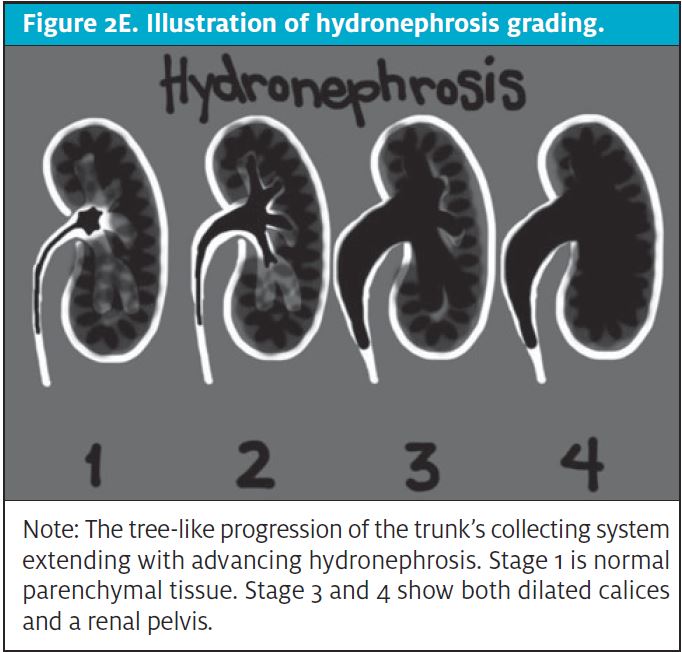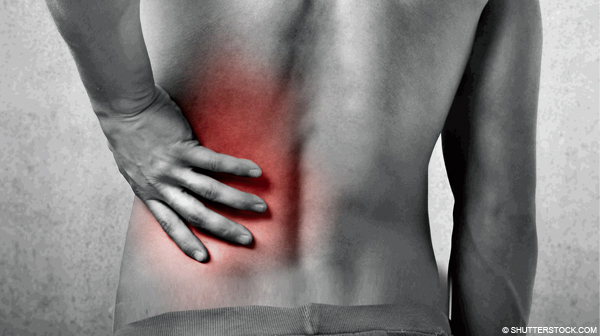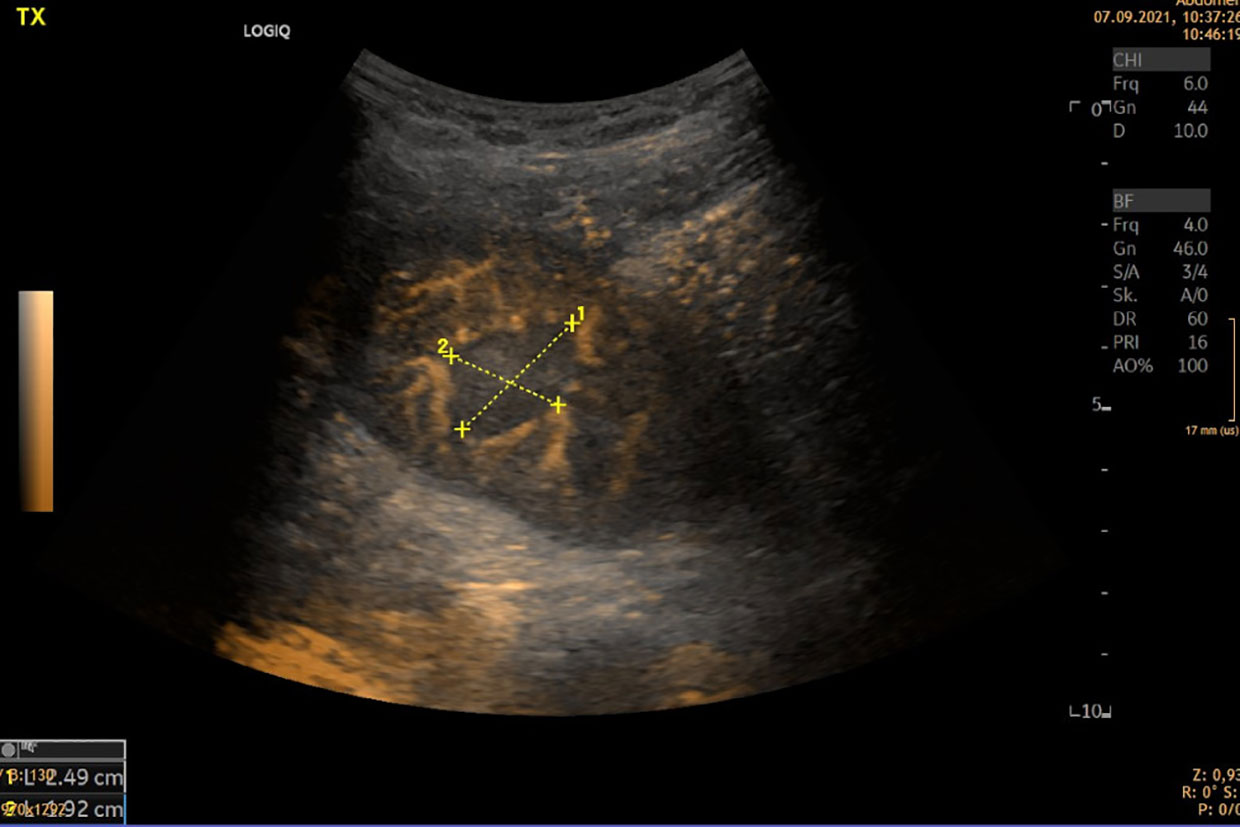
Point-of-Care Ultrasound Associated with Shorter Length of Stay in Renal ColicPoint-of-Care Ultrasound Associated with Shorter Length of Stay in Renal Colic Objectives: * To compare the length of stay (LOS) of patients with renal colic in the emergency department based on the imaging modality used (point-of-care ultrasound [PoCUS] or computed tomography [CT]). * To assess secondary outcomes, including infection rates, repeat ED visits, missed significant pathology, and urologic interventions. Methods: * Retrospective cohort study conducted from January 1, 2022 to December 31, 2022 at multiple sites. * Included patients diagnosed with renal colic in the emergency department on days when at least one patient had a billable renal PoCUS examination. * Excluded patients with specific medical histories or incomplete examinations. * Compared median ED LOS using Wilcoxon rank sum test, and secondary outcomes using Fisher’s exact test. Results: * Of 415 patients screened, 325 were included: * 150 had CT alone * 80 had PoCUS alone * 54 had PoCUS plus CT * 41 had neither * Median LOS for PoCUS alone was 75.0 minutes shorter than for CT alone (231.5 vs. 307.0 minutes, P < 0.0001). * No statistically significant differences in infection rates, return visits, or missed pathologies across groups (P > 0.10). * Urological interventions were higher in the PoCUS plus CT group (25.9%) compared to CT alone (7.3%), PoCUS alone (2.5%), and neither (7.3%, P < 0.0001). Conclusions: * In patients with renal colic, PoCUS was associated with a significantly shorter ED LOS compared to CT. * There were no differences in infection rates, revisits, or missed pathology between groups. * The higher rate of urological interventions in the PoCUS plus CT group suggests that PoCUS may identify patients who would benefit most from CT. Reference: Orosco, et al. (2024) “Point-of-care ultrasound associated with shorter length of stay than computed tomography for renal colic,” Emergency Medicine 165(5), pp. 637-643. https://sciencedirect.com/science/article/abs/pii/S0735675724000846
The following is a summary of “Point-of-care ultrasound associated with shorter length of stay than computed tomography for renal colic,” published in the May 2024 issue of Emergency medicine by Orosco, et al.
Although computed tomography (CT) and point-of-care ultrasound (PoCUS) effectively diagnose renal colic, CT is more resource-intensive. For one study, researchers sought to compare the length of stay (LOS) of patients with renal colic in the emergency department based on the imaging modality used. Additionally, they compared infection rates, repeat ED visits, missed significant pathology, and urologic intervention.
The retrospective cohort study spanned 12 months (1/1/22–12/31/22) at multiple sites and included all patients diagnosed with renal colic presenting to the emergency department on days when at least one patient had a billable renal PoCUS examination. Patients with specific medical histories or incomplete examinations were excluded. Median ED LOS was compared using a Wilcoxon rank sum test, and secondary outcomes were compared using a Fisher’s exact test.
Of the 415 patients screened, 325 were included: 150 had CT alone, 80 had PoCUS alone, 54 had PoCUS plus CT, and 41 had neither. The median LOS for PoCUS alone was 75.0 (95% CI 39.3–110.7) minutes shorter than for CT alone (231.5 vs. 307.0 minutes, P < 0.0001). Infection rates, return visits, and missed pathologies were similar across groups (P > 0.10). Urological interventions were higher in the PoCUS plus CT group (25.9%) compared to CT alone (7.3%), PoCUS alone (2.5%) and neither (7.3%). P < 0.0001.
In patients with renal colic, PoCUS was associated with a shorter ED LOS than CT, with no differences in infection rates, revisits, or missed pathology. The higher rate of urological interventions in the PoCUS plus CT group suggests that PoCUS may help identify patients who would benefit most from CT.
Reference: sciencedirect.com/science/article/abs/pii/S0735675724000846











![]()








